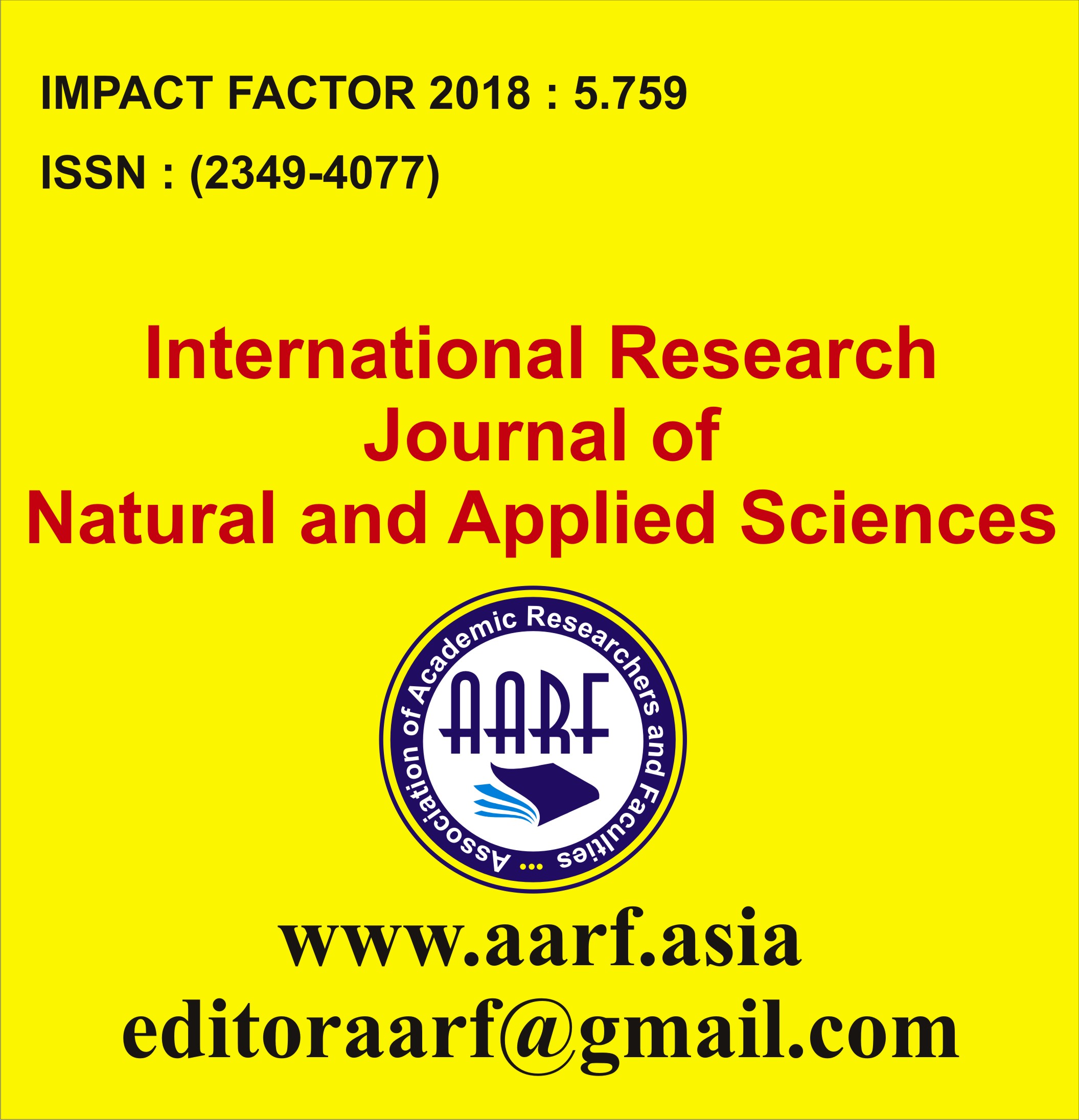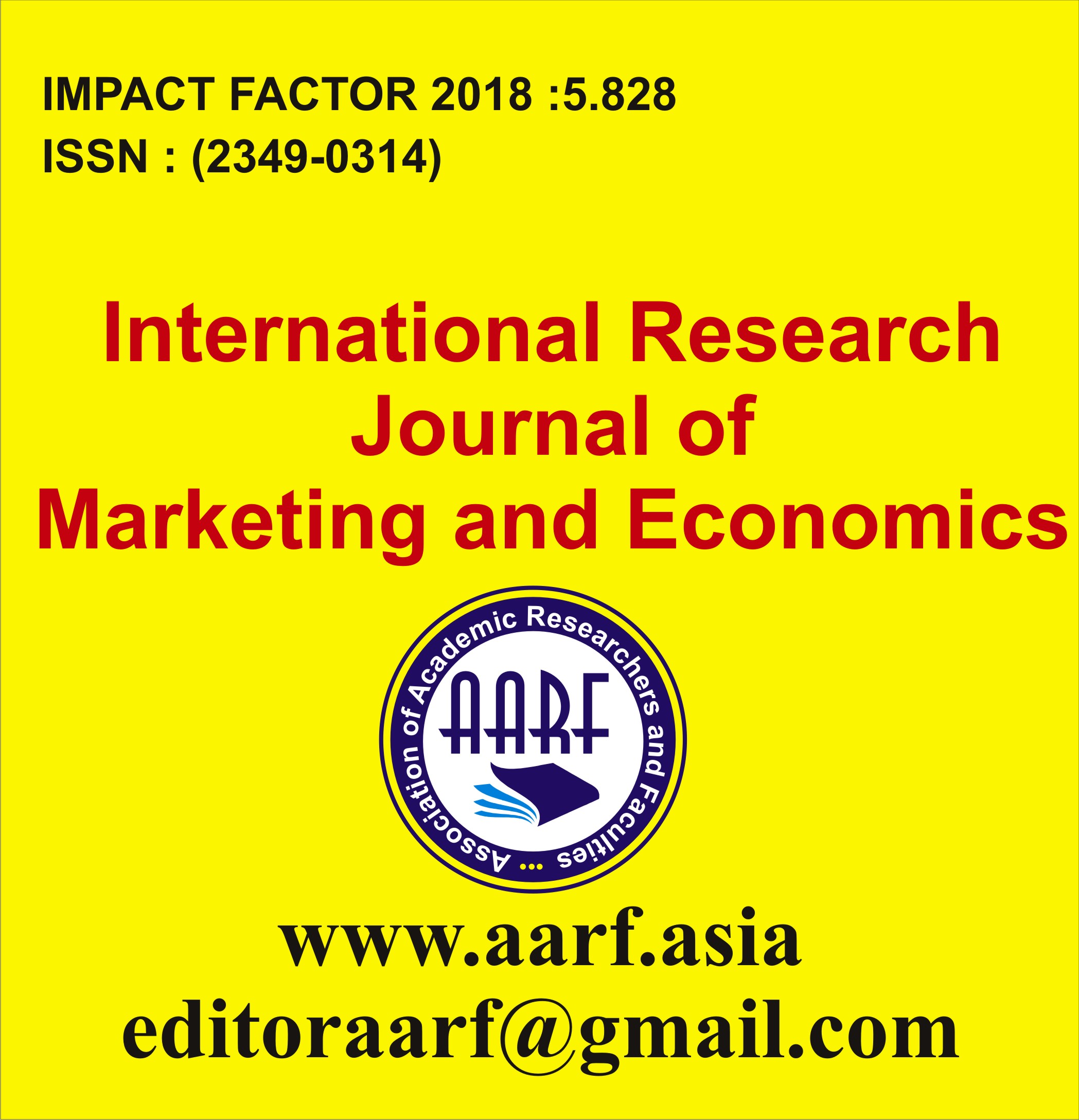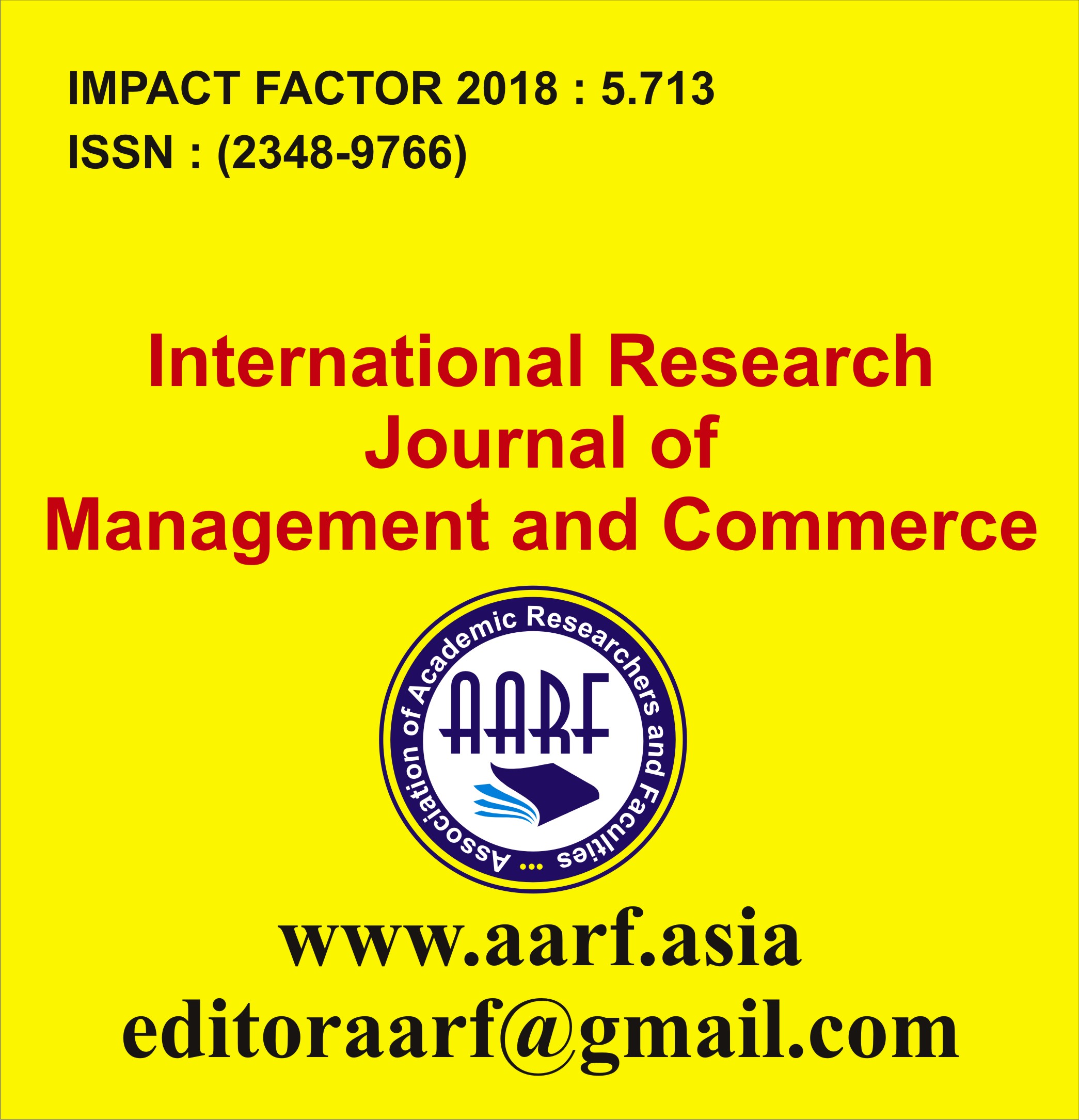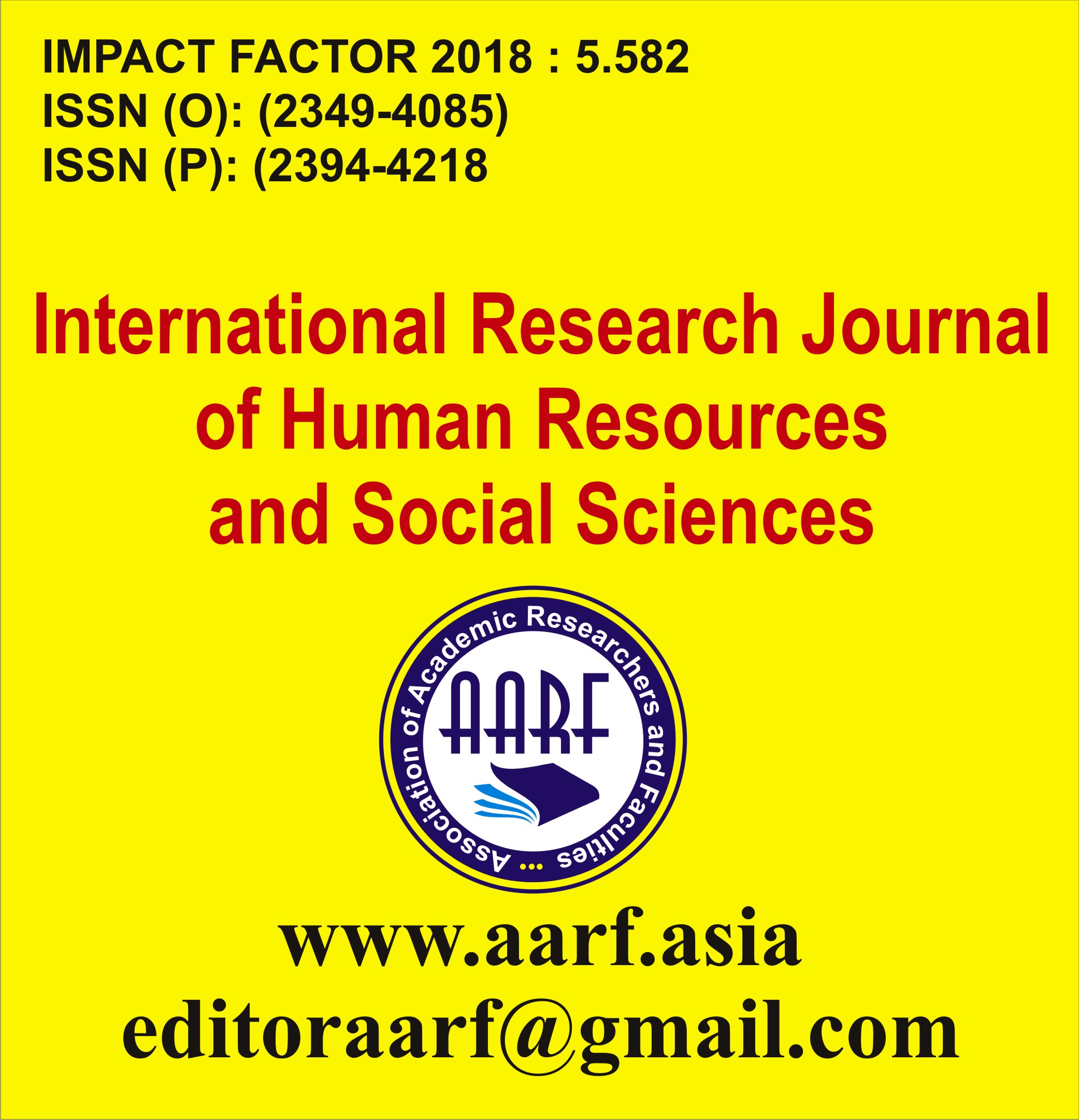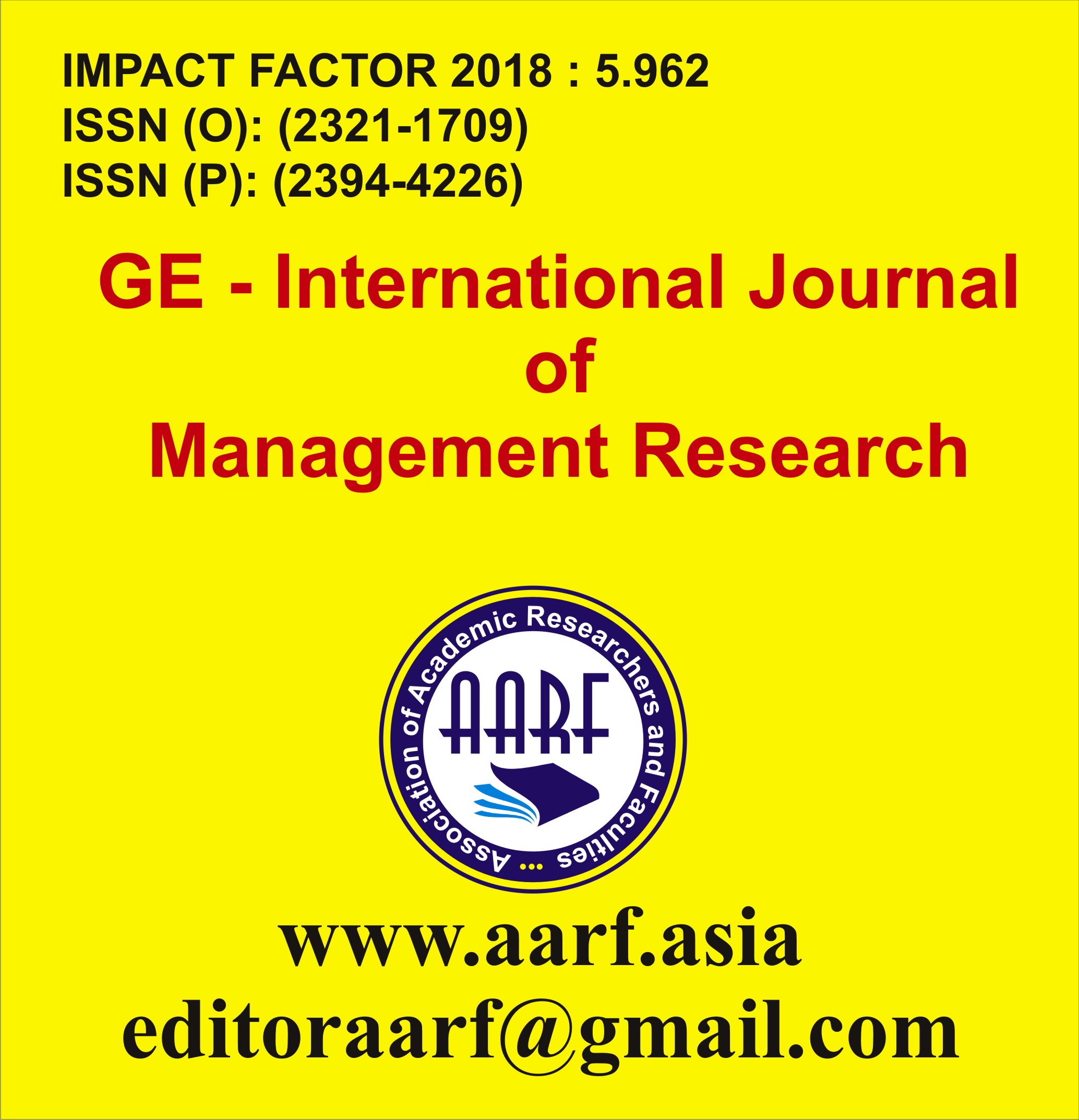
- Current Issue
- Past Issues
- Conference Proceedings
- Submit Manuscript
- Join Our Editorial Team
- Join as a Member

| S.No | Particular | Page No. | |
|---|---|---|---|
| 1 |
Dr. MEHWISH ASLAM , Dr. Safia AkhlaqAbstract: |
|
1-4 |
| 2 |
Adem H. IbrahimAbstract: |
|
5-24 |
| 3 |
Devilal N. Watakhere and Prashant S. JakhiAbstract: |
|
25-28 |
| 4 |
Md Dabeer Ahmad Sumer Singh Md JAhsanAbstract: |
|
29-41 |
| 5 |
Dr. Arvind KumarAbstract: |
|
42-46 |
| 6 |
D. Rajasugunasekar, Anup Chandra and R. Santhi deviAbstract: |
|
47-60 |










